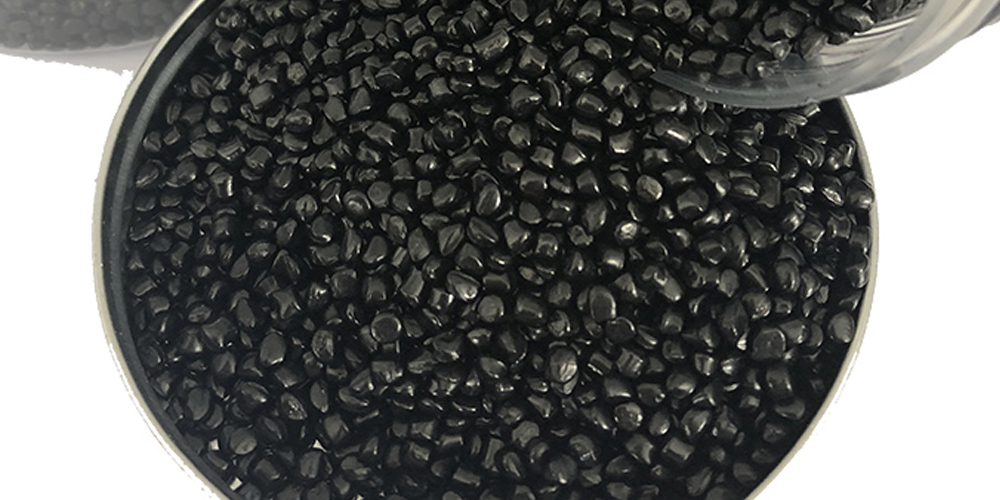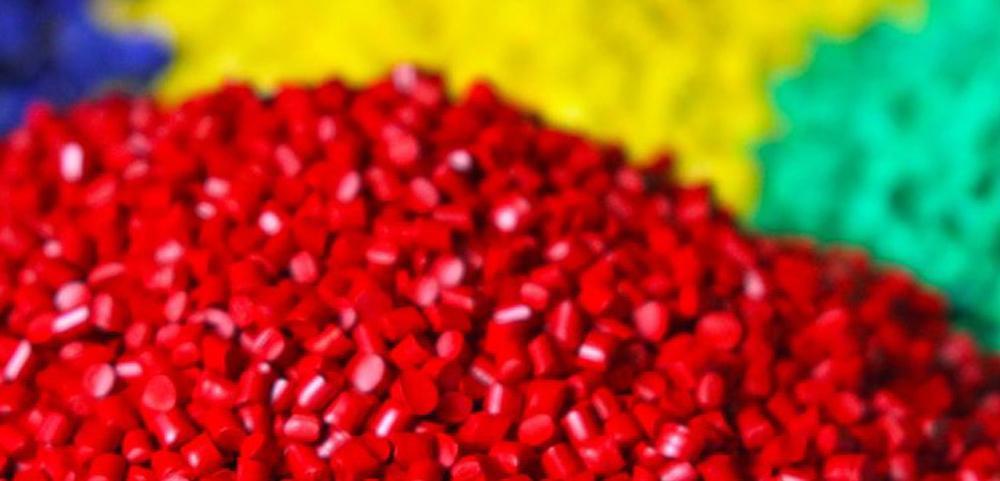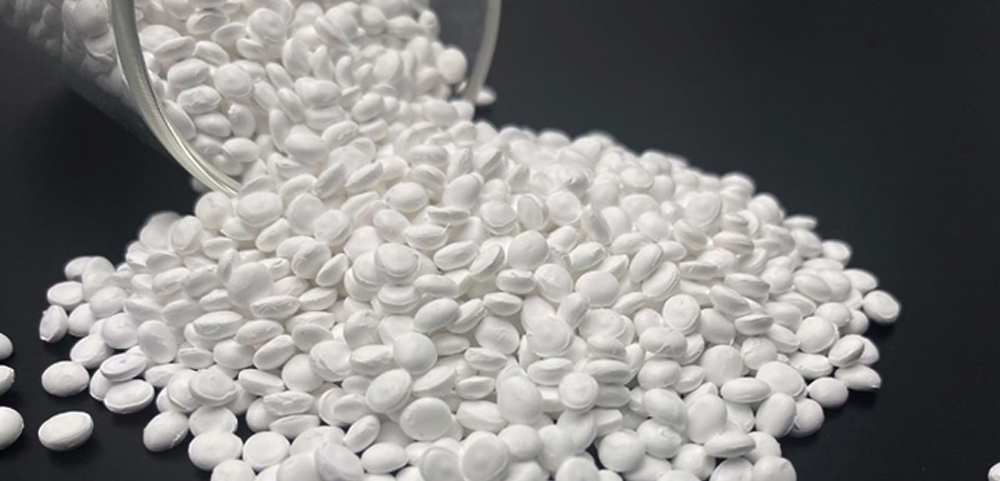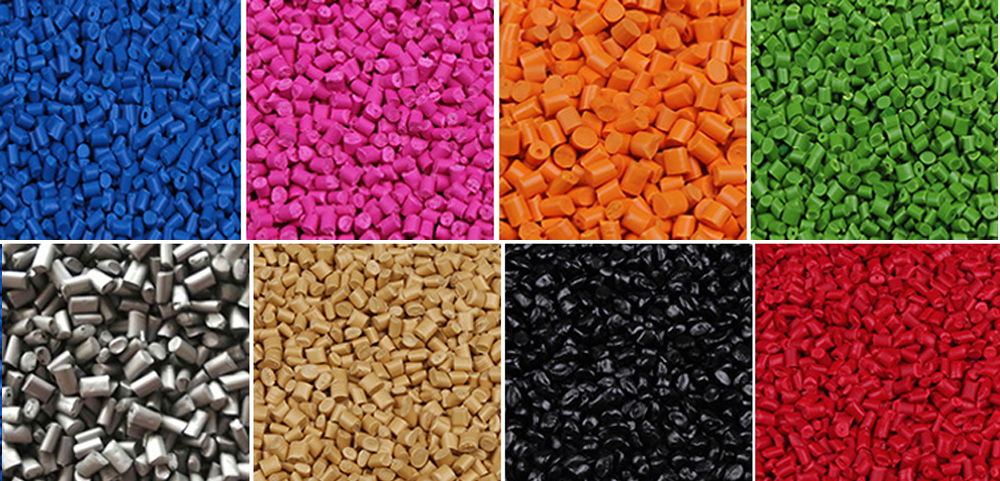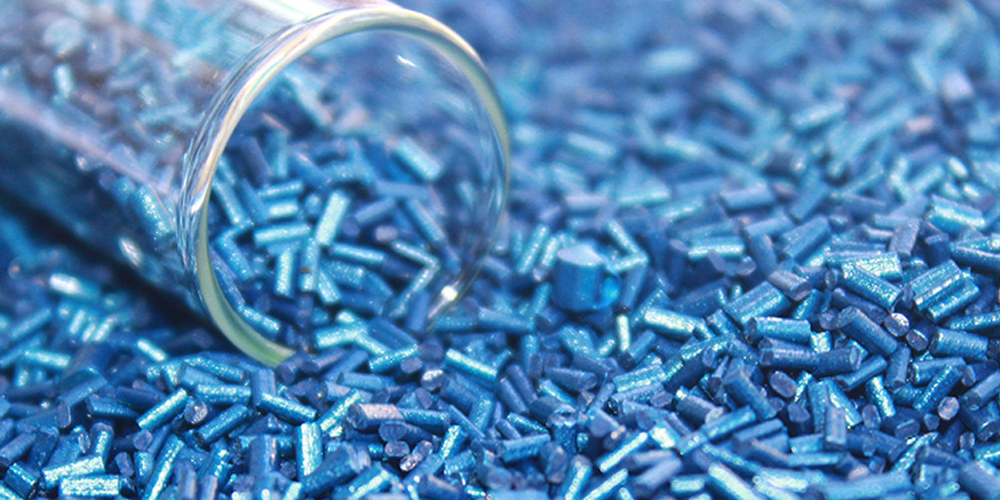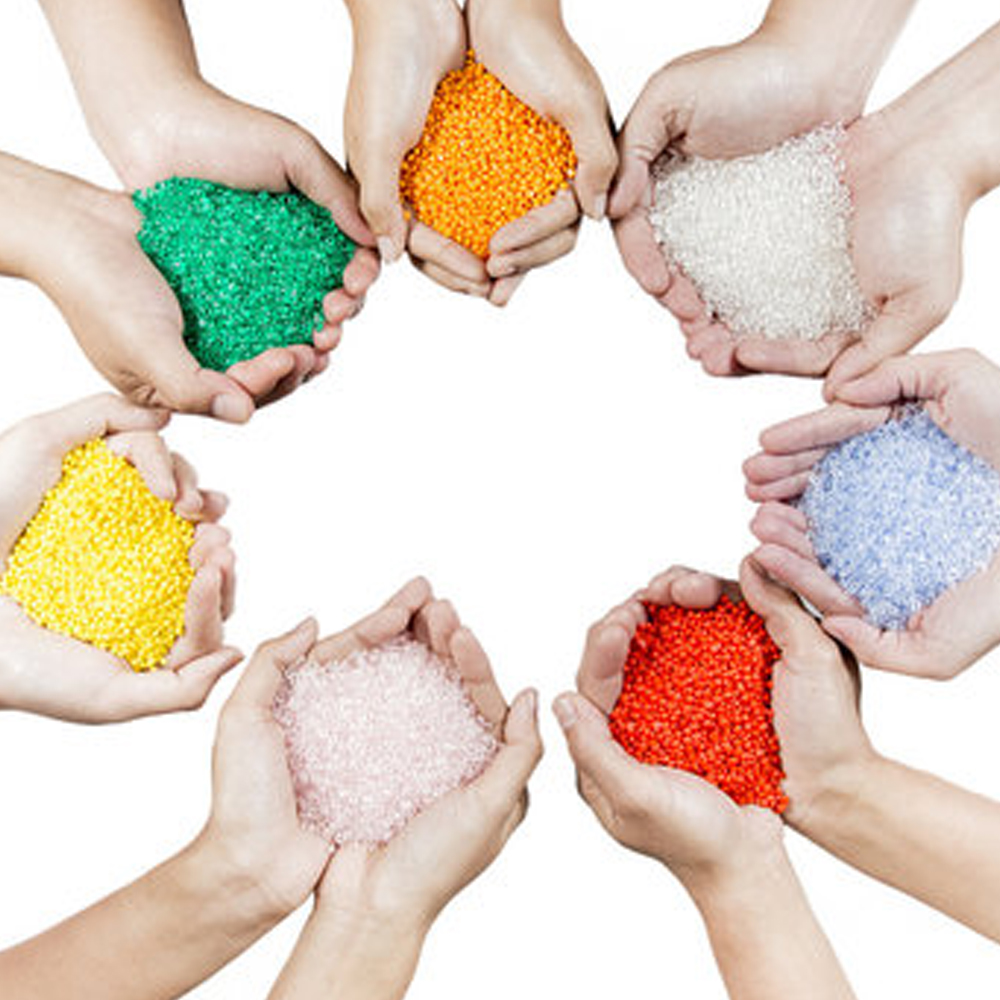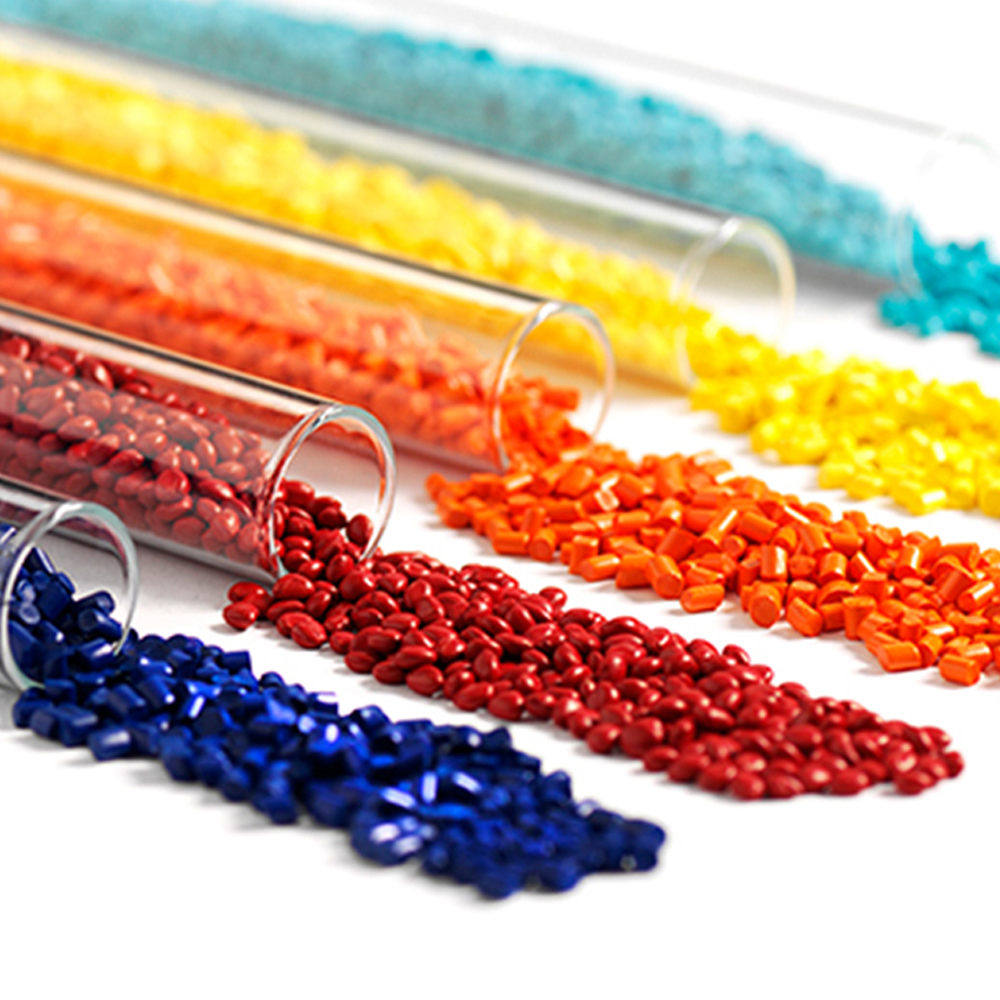
The Ultimate Guide to PET Purple Masterbatch: Enhancing Your Plastic Products
In the world of plastics, color and quality are paramount. PET purple masterbatch is a game-changer for manufacturers looking to enhance their products with vibrant colors and superior performance. This article delves into the intricacies of purple masterbatch, its applications, and why it is essential for your plastic production processes.

